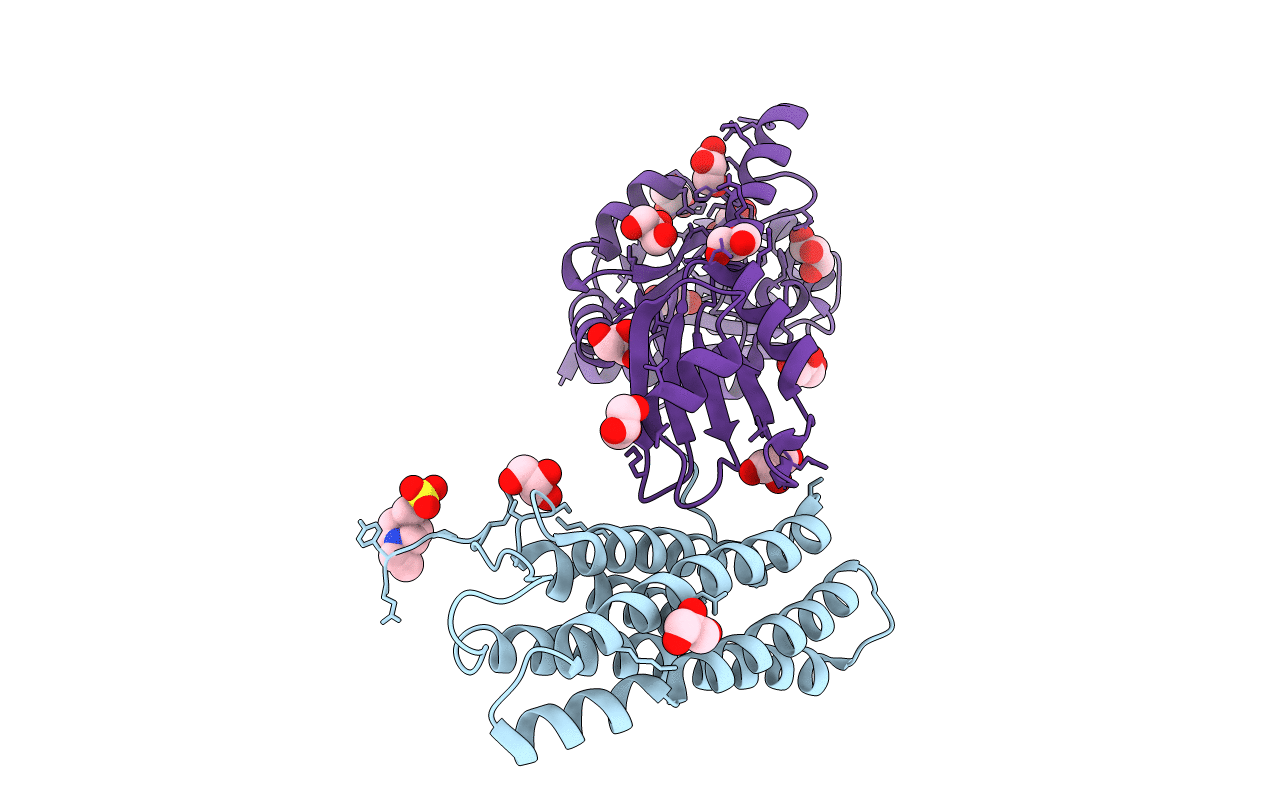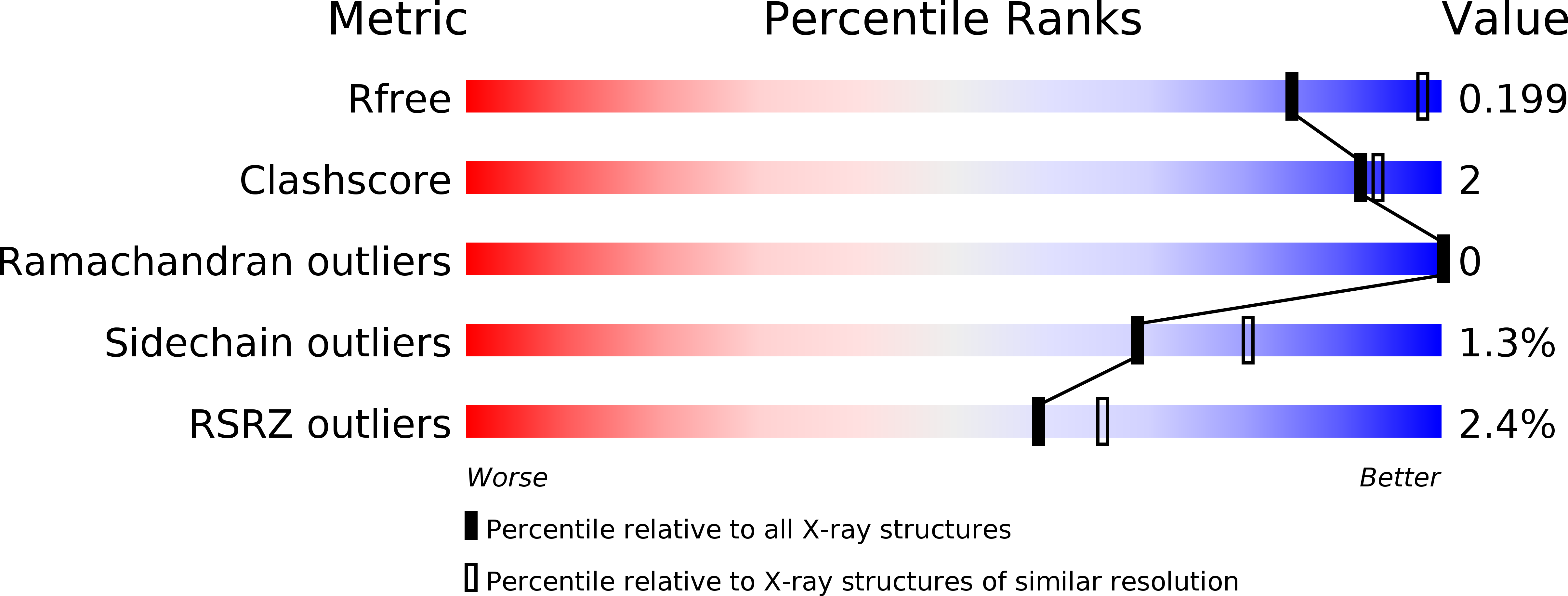
Deposition Date
2012-01-09
Release Date
2012-07-25
Last Version Date
2024-10-30
Entry Detail
PDB ID:
3VF0
Keywords:
Title:
Raver1 in complex with metavinculin L954 deletion mutant
Biological Source:
Source Organism:
Homo sapiens (Taxon ID: 9606)
Host Organism:
Method Details:
Experimental Method:
Resolution:
2.54 Å
R-Value Free:
0.20
R-Value Work:
0.16
R-Value Observed:
0.17
Space Group:
P 65 2 2


